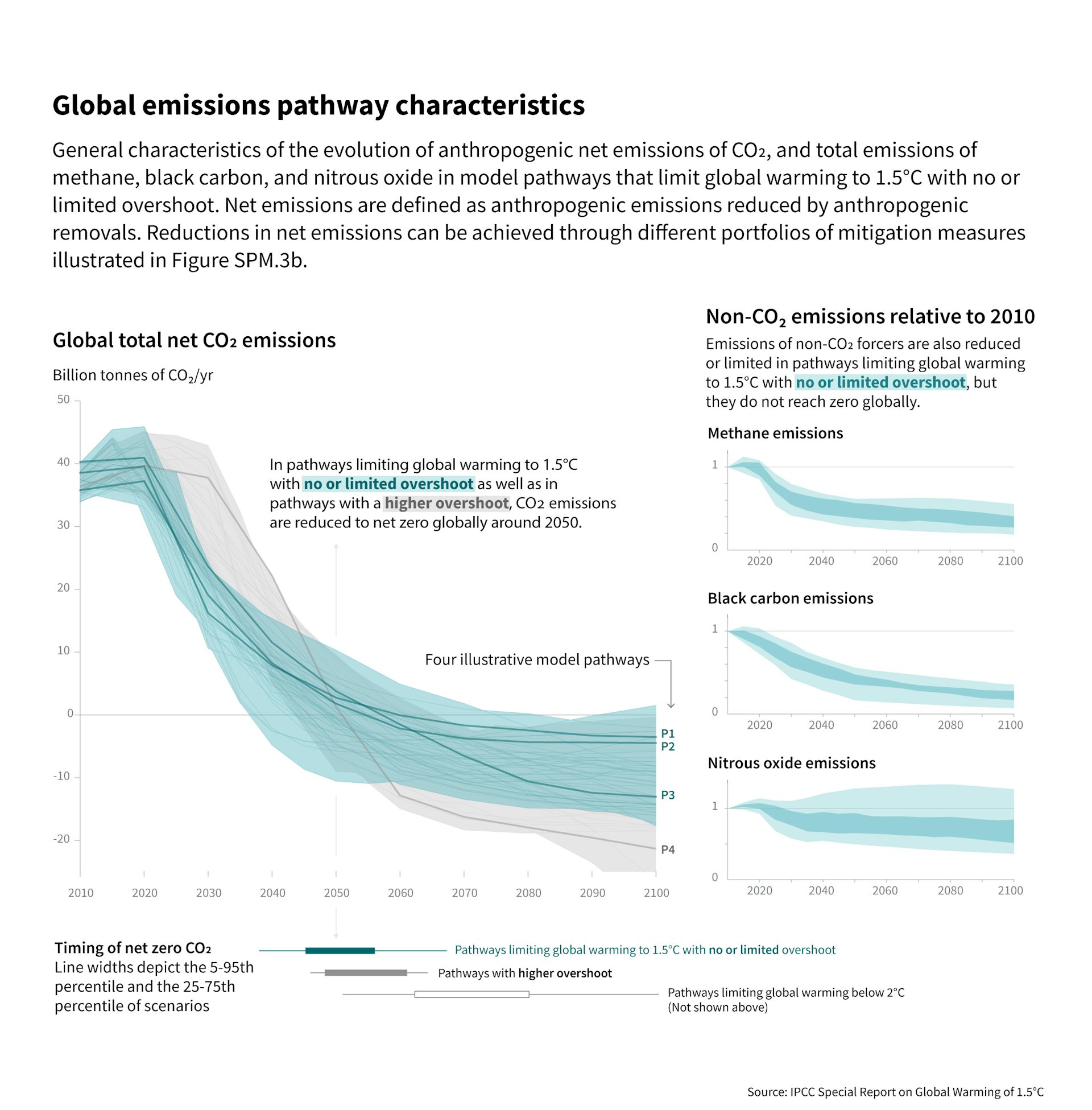In the US, CO2 emissions are down about 15% compared to 2007. I’m not counting the dip in 2020 as that was probably temporary due to covid.

Britain cut emissions pretty steeply the last couple decades, nearly in half.

However I worry that that is low hanging fruit, I think the bulk of reductions we’ve seen recently is from switching from coal to natural gas, which produces 1/2 the CO2 per unit of energy produced. In the US we’ve cut coal use in half but most of that was just replaced by natural gas.
In the US I believe the % of grid energy from renewables went from 10% up to 20% in the last decade. I think most of the growth was from solar and wind, as the bulk of the original 10% was hydroelectric.
China seems to focus on carbon intensity which is how much carbon is released per unit of GDP. Which may sound like a copout, but I get the impression that in the last 5-10 years China has kept its economy growing while keeping its emissions fairly stable or slowing the growth rate (although again there may be a post covid surge there right now).
https://www.reuters.com/article/us-china-climatechange/china-cuts-carbon-intensity-18-8-in-past-five-years-in-effort-to-rein-in-emissions-idUSKBN2AU157
The decline in “carbon intensity” - the amount of carbon dioxide emissions the country produces per unit of GDP - beat the official target for an 18% reduction. During the five-year period, China’s GDP increased to 101.6 trillion yuan ($15.71 trillion), from 68.9 trillion yuan in 2015.
https://www.reuters.com/world/china/chinas-xi-targets-steeper-cut-carbon-intensity-by-2030-2020-12-12/
China, the world’s biggest greenhouse gas emitter, will cut its carbon dioxide emissions per unit of gross domestic product, or carbon intensity, by more than 65% from 2005 levels by 2030, said Xi.
So China is still growing rapidly while keeping its CO2 production fairly stable. Which is good as it can provide a guideline for other developing nations to follow.
I think its possible we can hit carbon zero by mid century. It’ll just be difficult, because the easy stuff like replacing coal with natural gas is already being done. The harder stuff like electric cars or renewable energy, upgrading the grid, renewable energy storage, reducing carbon emissions from industry and agriculture, etc still needs to be done.
In the US at least, we’re currently at (roughly) 10% solar and wind, 10% hydroelectric, 20% nuclear. If we add 10% of grid energy as renewables a decade (which we did last decade) that alone would get us to 70% of grid electricity as non carbon polluting by 2050 since we’d go from 40% from hydro, solar, wind and nuclear right now to 70% in 30 years. Not nearly enough but we’ve already shown that 10% a decade is possible and I assume that’ll accelerate.


